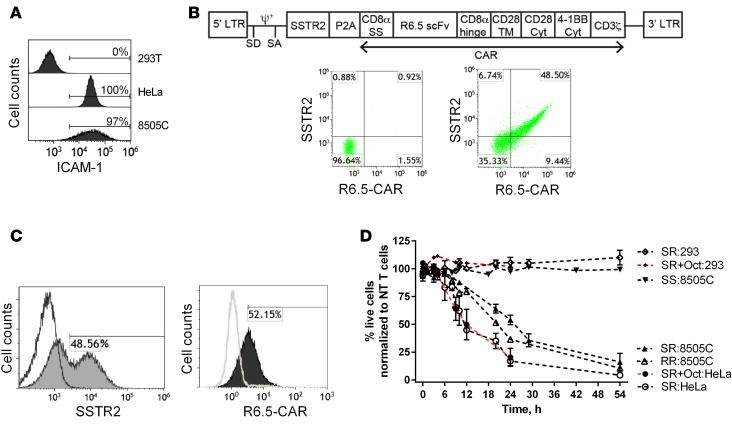Figure 3. CAR T cell efficacy against thyroid tumor cells in vitro and in vivo.
(A) Representative histograms showing the level of anti–ICAM-1 antibody binding to ICAM-1–negative HEK 293T, ICAM-1–positive HeLa, and 8505C cells. (B) Schematic of the lentivirus vector encoding SSTR2-R6.5-CAR. CD8α SS (signal sequence); TM, transmembrane; Cyt, cytoplasmic domain. Representative dot plots showing anti-SSTR2 and anti-CAR antibody binding to nontransduced (left) and SSTR2-P2A-R6.5-CAR–transduced (right) primary human T cells. (C) Primary human T cells were transduced separately with individual vectors encoding either SSTR2 or R6.5-CAR. Representative histograms show anti-SSTR2 antibody binding to either R6.5-CAR– or SSTR2-transduced (filled) and nontransduced (open) primary T cells. (D) Effector/target (E:T) assay measuring lysis of target expressing (HeLa and 8505C) or control (HEK 293) cells by CAR T cells at a 2.5:1 E:T ratio. Percentages of live cells were measured by bioluminescence intensity normalized to the levels of target cells incubated with nontransduced T cells. Octreotide (1 μM) was added to SR T cells as indicated (SR+Oct). n = 3–6 from 3 different donor T cells. NT, nontransduced T cells; SS, SSTR2-transduced T cells; RR, R6.5-CAR–transduced T cells; SR, SSTR2-R6.5-CAR–transduced T cells.

